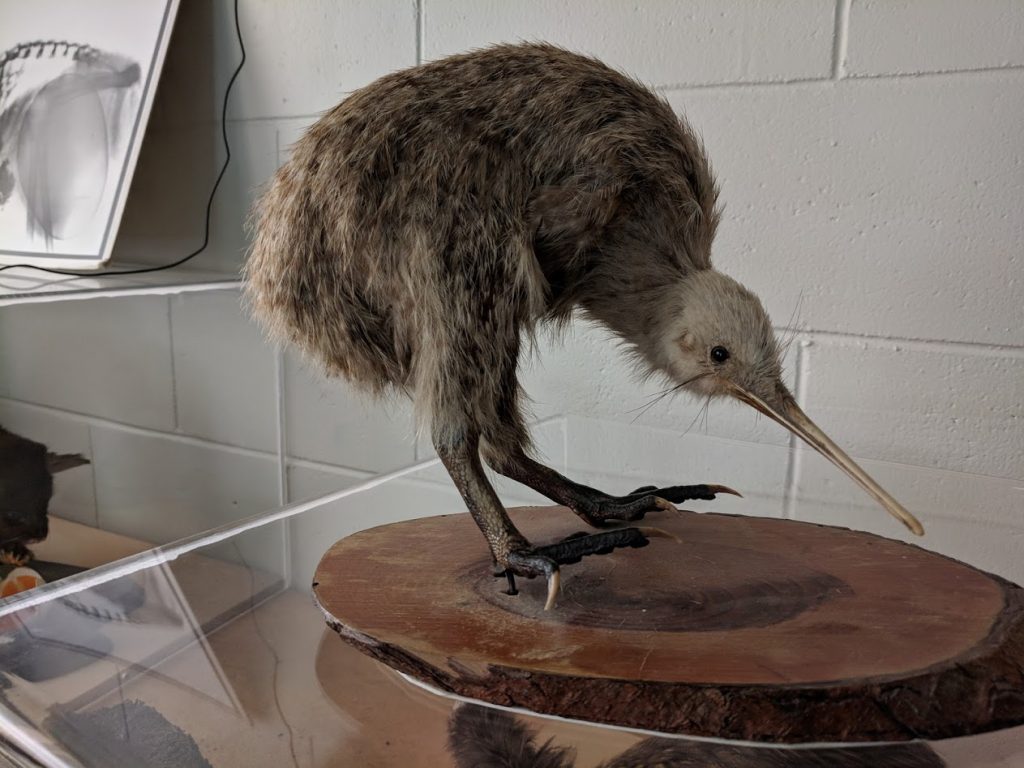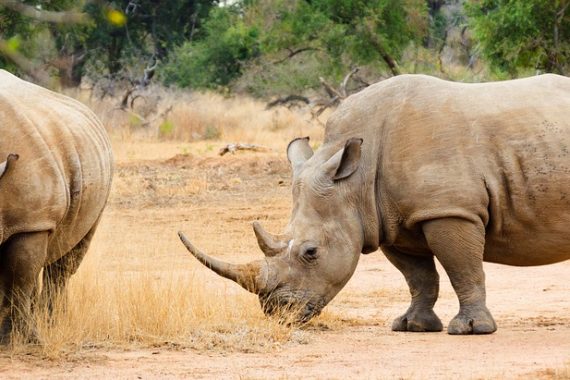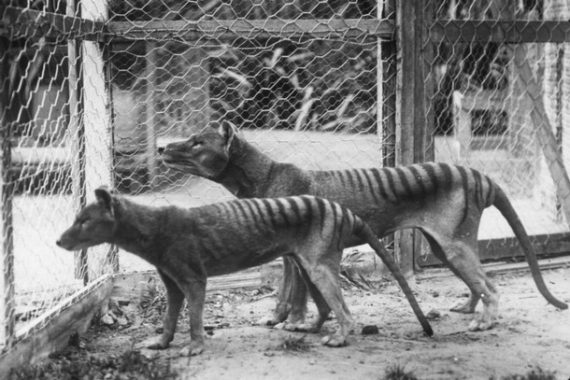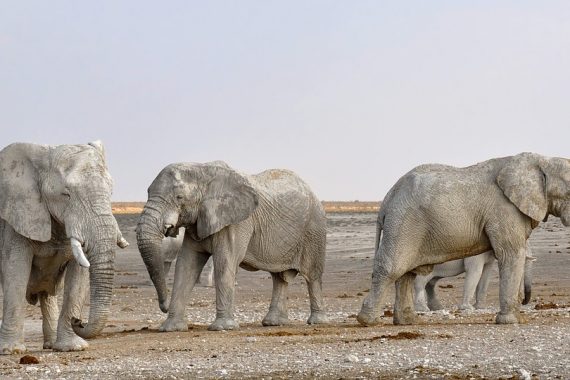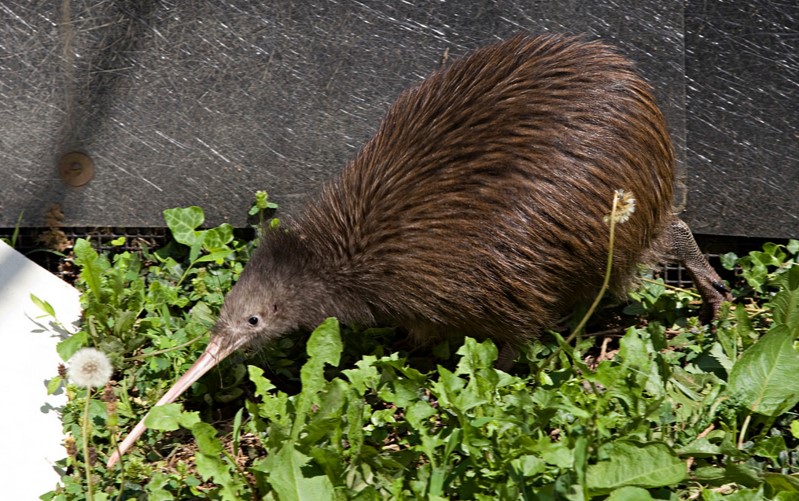 In New Zealand, the Kiwi is an iconic image of the islands and its people. Kiwi birds have long lived on both the North and South Island of New Zealand and are considered national treasures. Kiwi have long been honored by the Māori, native New Zealanders, and its eventual European settlers. There are five species of Kiwi and each have their own ecological challenges. Fortunately, New Zealand is working hard to restore and preserve these special flightless birds.
In New Zealand, the Kiwi is an iconic image of the islands and its people. Kiwi birds have long lived on both the North and South Island of New Zealand and are considered national treasures. Kiwi have long been honored by the Māori, native New Zealanders, and its eventual European settlers. There are five species of Kiwi and each have their own ecological challenges. Fortunately, New Zealand is working hard to restore and preserve these special flightless birds.
Kiwi Description
The five species of Kiwi are classified as ratites. These include all current flightless birds: Ostrich, Emu, Cassowary, and Rhea. These birds are interesting in that they do not have an anchor for flight muscles and display vestibule wings, or small wings that are not used for flight.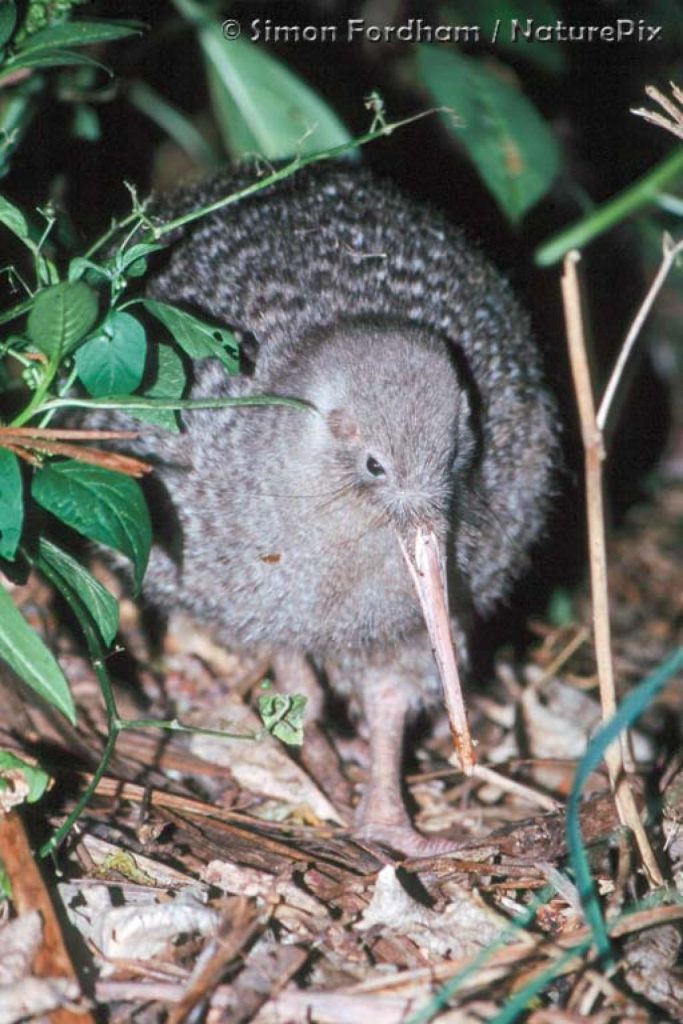
(Image of Little Spotted Kiwi)
There are 5 species of Kiwi:
- Little Spotted Kiwi (Apteryx owenii)- listed as vulnerable with 1200-1500 animals left
- Great Spotted Kiwi or Roroa (Apteryx haastii)- listed as vulnerable with 20,000 animals left
- Okarito Brown Kiwi or Rowi (Apteryx rowi)- listed as vulnerable with 400 animals left
- Southern Brown Kiwi or Tokoeka (Apteryx australis)- listed as vulnerable with 27,000 animals left
- North Island Brown Kiwi (Apteryx mantelli)- listed as vulnerable with 35,000 animals left
Not much is known about the evolution of the Kiwi. The earliest known fossil was found on the North Island of New Zealand and was estimated to be 1 million years old. It is believed flightless birds date back over 50 million years. As land masses moved and oceans shrank and rose, over time Kiwi moved in between both large islands of New Zealand and surrounding smaller islands. Eventually the 5 species were formed and what we find today.
The first humans to settle New Zealand were Polynesian ancestors of today’s Māori. The Māori were the first to name these small flightless birds as Kiwi and these animals have been important to their culture. While the native Māori had some negative affects on wildlife, it was not until European explores began to settle in New Zealand that native wildlife populations began to crash. The establishment of these new settlers introduced many invasive species, which over the last 150 years have had devastating affects on the Kiwi.
Most notably, the only mammals on New Zealand before humans were 3 species of bat. The New Zealand bats had no negative affects on Kiwi. The introduction of dogs, cats, brushtail possum from Australia, the introduction of stoats, weasels, and habitat loss from human activity have brought the Kiwi to the bring of extinction. However, New Zealand has recognized the Kiwi and other native wildlife as critical to the country’s wellbeing and has instituted many conservation initiatives to preserve native wildlife and plants.
In the recording we refer to the “Haarst Eagle’ which is wrong. It is the Haast’s Eagle
Also, you can click on Moa to read more about them as well.
Kiwi Facts
While Kiwi once roamed both the North and South Island of New Zealand and the larger offshore Stewart Island, today Kiwi are limited to much smaller zones. The Little Spotted Kiwi has one of the most interesting conservation stories of any animal on earth. In 1912 five birds were released on a small island off New Zealand’s coast, Kapiti island. As populations died off everywhere else in New Zealand this small population was he last remaining population. Today, there are over 1200 Little Spotted Kiwi on Kapiti island, and other populations have been established on other islands around New Zealand. The only population of the Little Spotted Kiwi on the main islands is in Zealandia, a natural reserve outside New Zealand’s capitol of Wellington.
Other facts about Kiwi include:
- Can live as long as 50 years
- Nocturnal
- Poor eyesight but superior smell and hearing
- Feathers are hair like, long and shaggy; unlike birds that fly
- Bones are more solid like mammals with marrow, unlike other birds with hollow bones; light bones not needed for flight
- Long beaks have nostrils at the tip with sensory pits to help detect movement of prey
- Omnivores; eats invertebrates and particularly enjoy worms
- Will push their long beaks into the ground, at times almost doing what looks like a human hand stand and will kick their legs to get deeper
- Incredible egg to body size; Little Spotted Kiwi has largest egg to body size ratio of any birds, with up to 26% of weight of the bird can be the egg size
- Video of Kiwi foraging


Kiwi Conservation
New Zealand and many sister organizations are leading the way in preserving the Kiwi. There are many initiatives being led by NZ to preserve these birds. One strategy is working towards becoming Predator Free by 2050. Other strategies have included establishing sanctuaries on offshore sites (islands) around New Zealand. These islands are predator free and have allowed many native birds to reestablish their populations. However, as these sanctuaries have filled, mainland sanctuaries are needed and are being established. Examples include Zealandia and others around NZ including one near Chris, Sanctuary Mountain Maungatautari. These areas are predator free and have predator proof fences surrounding them to protect and preserve native wildlife.
Other ways you can help the Kiwi and other native wildlife is become an eco-traveler with these tips.
- Consider best flight options, shortest duration
- Use boats, trains or other public transportation when possible
- Pack lighter when traveling; heavier suitcases = more fuel used
- Clean all your clothes and gear (if camping). Humans often bring seeds and other invasive species on their shoes and clothes which can establish themselves in other environments
Organizations to Support
Cover image by Smithsonian National Zoo
More Images
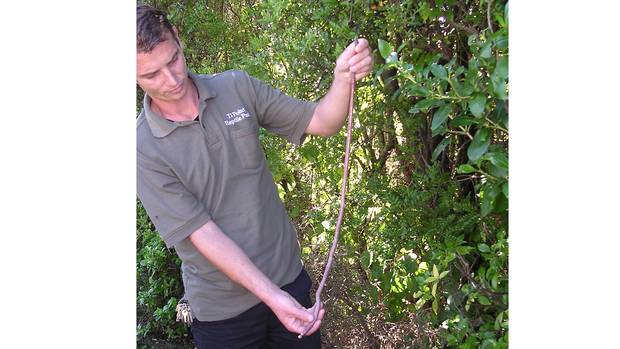
LINK to Article on New Zealand Large Earthworms


